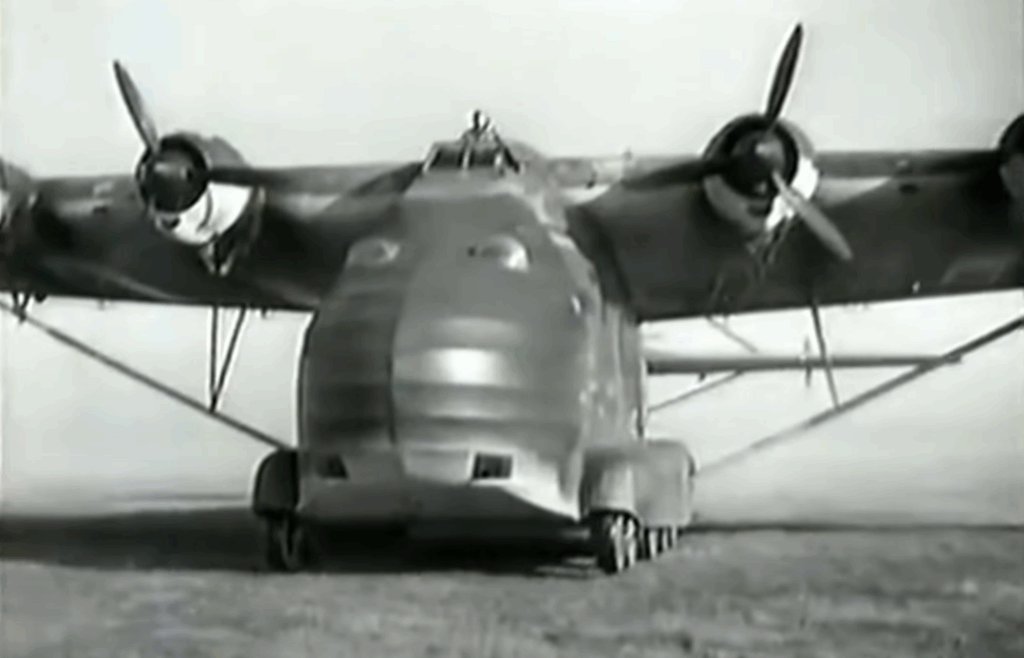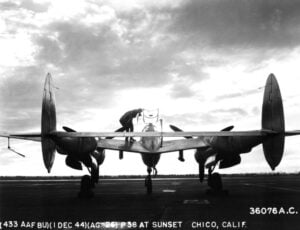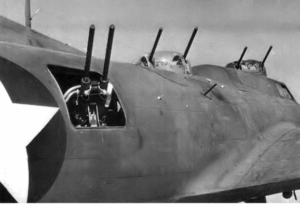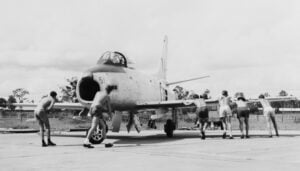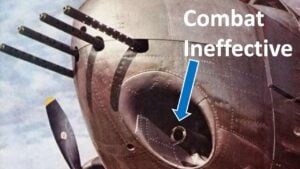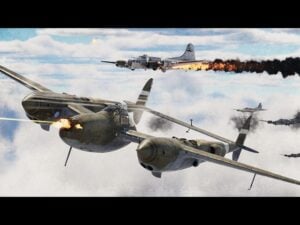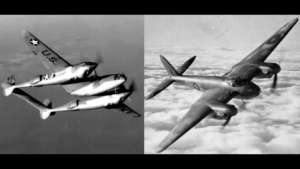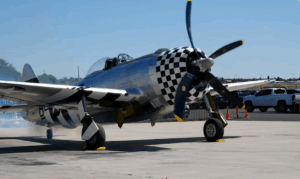How This Giant Plane Became WWII’s Most Ambitious Aircraft and Couldn’t Outrun History
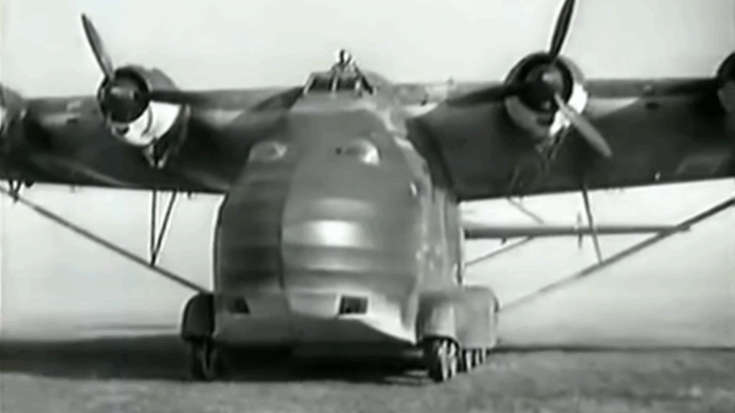
Panzer Archeology / YouTube
Built for a Specific Mission
In 1940, German planners were preparing for a possible invasion of Great Britain, known as Operation Sea Lion. To support such a campaign, they needed a large aircraft that could move heavy loads—tanks, artillery, and large numbers of troops. The first attempt was a glider called the Messerschmitt Me 321, which could carry a great deal but needed very strong planes to tow it. One such tug was the Heinkel 111Z, a twin-fuselage aircraft made by joining two planes together. However, the glider idea quickly proved too difficult to use in the field.
To fix this, engineers added engines to the glider and created a new model: the Messerschmitt Me 323. The first powered version took flight in January 1942, and mass production followed in May. Production continued until 1944, with over 200 aircraft built. While sources give slightly different numbers, the 323 stood out immediately due to its size and unusual shape.
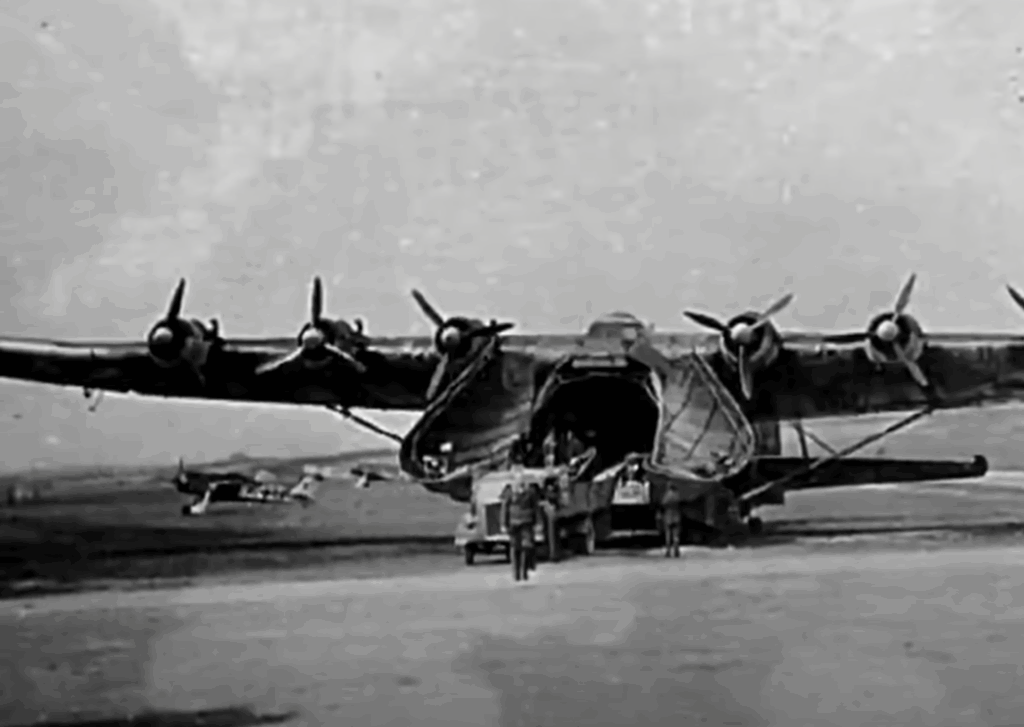
Design for Maximum Load
The Me 323 was one of the largest transport planes of the war. Its wingspan measured more than 55 meters, with a length of almost 29 meters and a height over 10 meters. The structure included a steel frame covered in fabric and wood. Its large wings were mounted high to allow for a wide cargo area inside, measuring over 100 cubic meters.
It had a front ramp that made loading heavy equipment easier. The landing gear had 10 wheels—four in the front and six under the middle—to help it land on rough fields. Power came from six French-built Gnome-Rhône engines. Each engine produced over 1,000 horsepower. Earlier versions only had four engines, but they couldn’t provide enough lift.
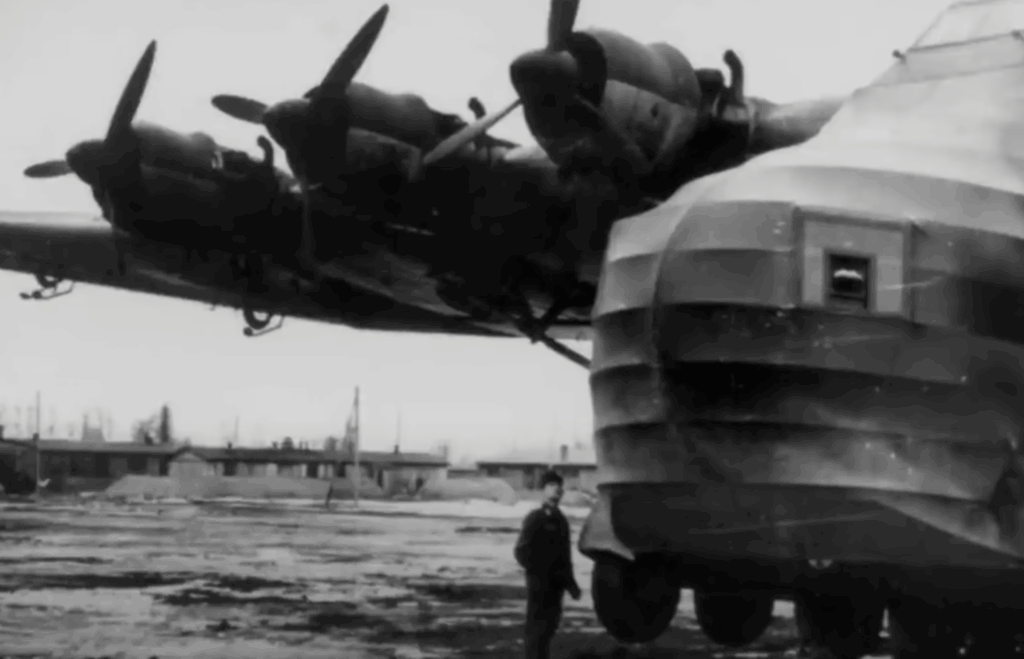
A Flying Warehouse
With six engines, the Me 323 could carry loads up to 16 tons. That included two trucks, medium armored vehicles, or artillery guns along with towing gear. It could also carry as many as 175 soldiers. Larger tanks were too heavy and remained outside its limits. Despite its size and power, it had trouble staying safe in combat zones.
The plane flew at slow speeds—between 235 and 280 kilometers per hour at most, and often cruising at just above 200. This made it easy for faster Allied fighters to catch. Its fabric skin tore easily under fire, and crews often patched bullet holes in the field. The nickname “patchwork bomber” came from how often it needed these fixes.
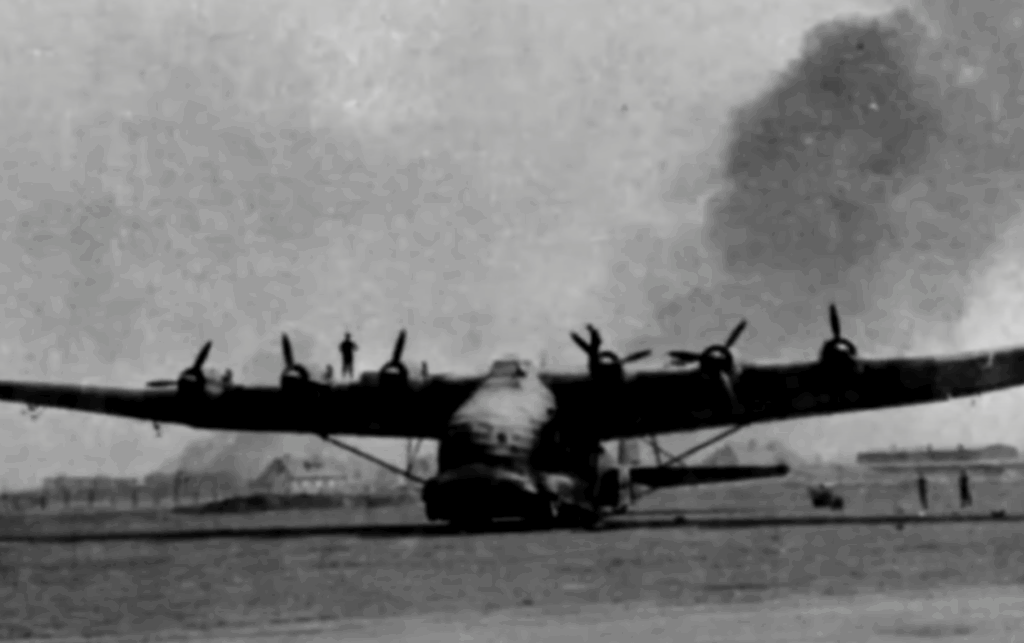
Service in Many Theaters
The Me 323 saw service in North Africa, where it helped supply German forces and evacuate wounded. One record-setting flight carried 340 troops at once. On the Eastern Front, it delivered fuel and ammunition to front-line units, and even transported bombs for dive bombers. But its slow speed made it vulnerable, especially when flying in groups.
On April 22, 1943, 21 out of 27 Me 323s were shot down by Allied fighters over the Strait of Sicily, even with fighter escorts. In another case, Soviet partisans shot one down with an anti-tank rifle. Locals later used a part of its wing as a makeshift footbridge. In 2012, the remains of one were found off Sardinia, downed in 1943 by a British aircraft.

End of a Heavy Lifespan
By mid-1944, the Me 323 was no longer in use. Its slow speed, mechanical problems, and weakness to enemy fire meant it could not survive in increasingly dangerous skies. None of the planes survived the war intact. Only a wing fragment remains today in a Berlin museum.
